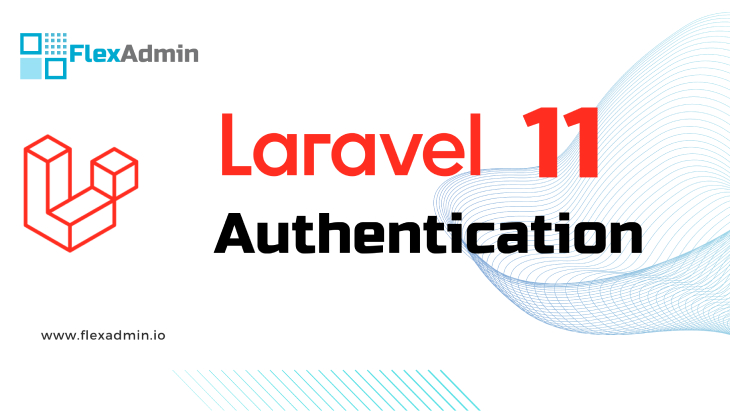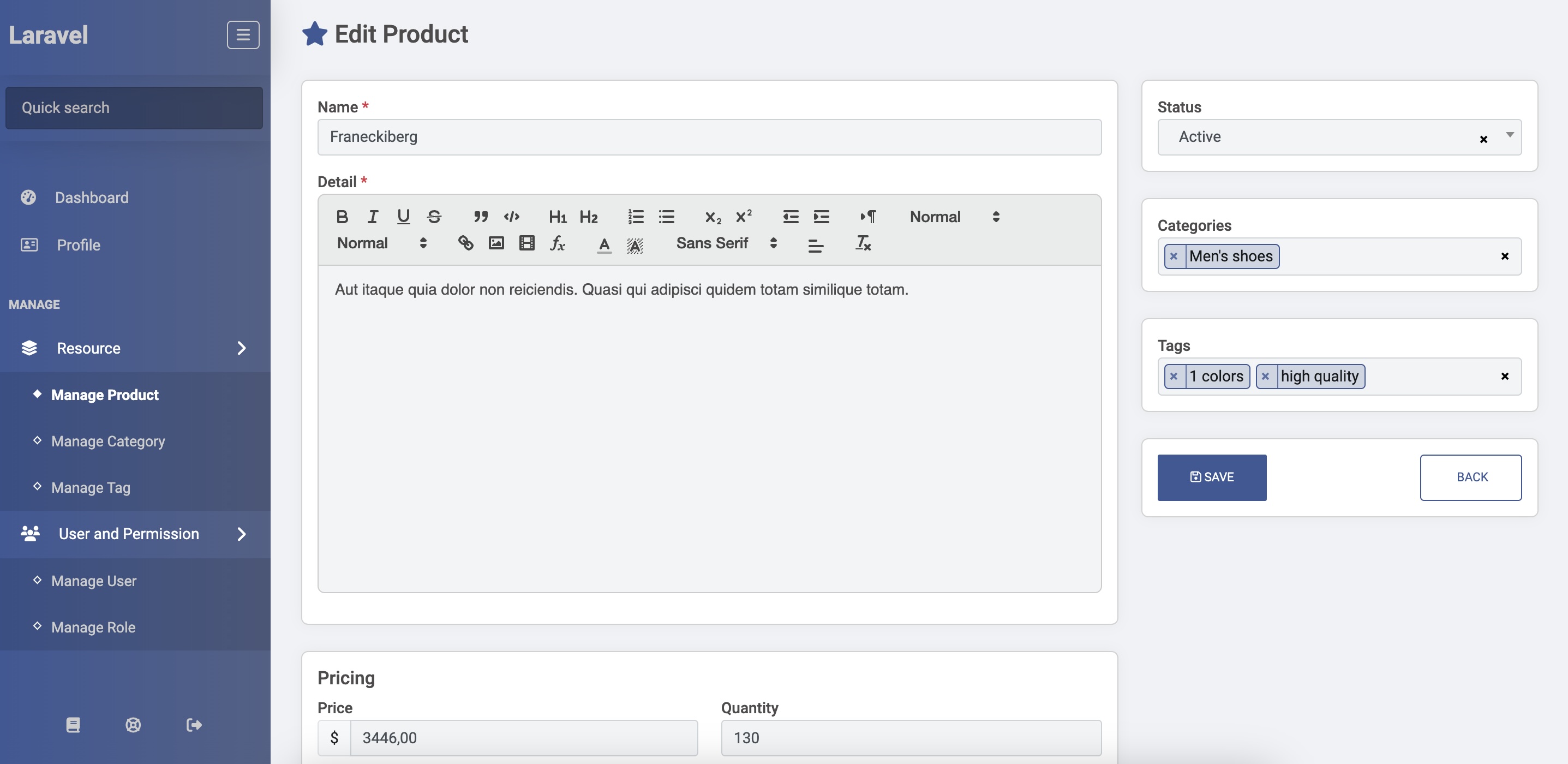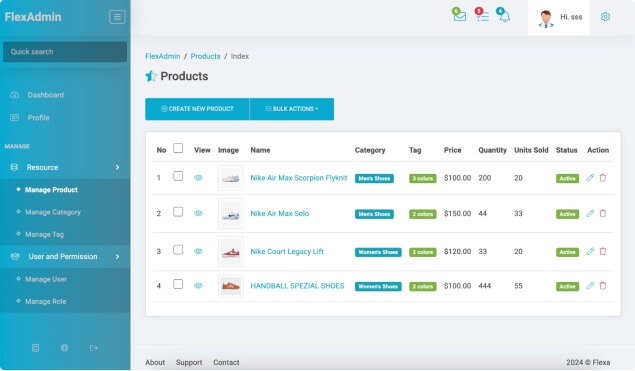Introduction
In web development, user authentication is a fundamental aspect of many applications. Laravel, a popular PHP framework, offers several authentication solutions to streamline this process. One such solution is Laravel Breeze, a minimalist authentication starter kit. In this article, we’ll explore how to use Laravel Breeze to quickly set up user authentication in your Laravel application.
What is Laravel Breeze?
Laravel Breeze provides a simple and minimalistic way to set up authentication in Laravel applications. It’s designed to be lightweight and easy to customize, making it ideal for both small and large-scale projects. Breeze offers authentication features like user registration, login, email verification, password reset, and session management out of the box.
Getting Started
To begin using Laravel Breeze, make sure you have Laravel installed on your system. You can create a new Laravel project using Composer:
composer create-project laravel/laravel:^11.0 example-laravel-11-authentication
Next, navigate to your project directory and install Laravel Breeze:
composer require laravel/breeze --devAfter Composer has installed the Laravel Breeze package, you should run the breeze:install Artisan command. This command publishes the authentication views, routes, controllers, and other resources to your application. Laravel Breeze publishes all of its code to your application so that you have full control and visibility over its features and implementation.
The breeze:install command will prompt you for your preferred frontend stack and testing framework:
php artisan breeze:install
php artisan migrate
npm install
npm run dev
Register

Dashboard

Profile

Customization
One of the key features of Laravel Breeze is its flexibility for customization. You can modify the authentication views, controllers, and routes to fit your application’s specific requirements. Breeze provides well-organized Blade views and clean controller methods, making customization straightforward.
For example, you can customize the registration form fields by modifying the register.blade.php view located in the resources/views/auth directory. Similarly, you can customize the authentication logic by modifying the corresponding controller methods found in the app/Http/Controllers/Auth directory.
Additional Features
Laravel Breeze integrates seamlessly with other Laravel features and packages, allowing you to extend its functionality as needed. For example, you can enhance authentication with features like two-factor authentication (2FA), socialite authentication, or role-based access control (RBAC) by leveraging Laravel’s rich ecosystem of packages.
Conclusion
Laravel Breeze provides a fast and efficient way to implement user authentication in Laravel applications. Its simplicity and flexibility make it an excellent choice for developers looking to quickly set up authentication without the overhead of more complex solutions. By following the steps outlined in this article, you can integrate Laravel Breeze into your projects and streamline the authentication process for your users.




